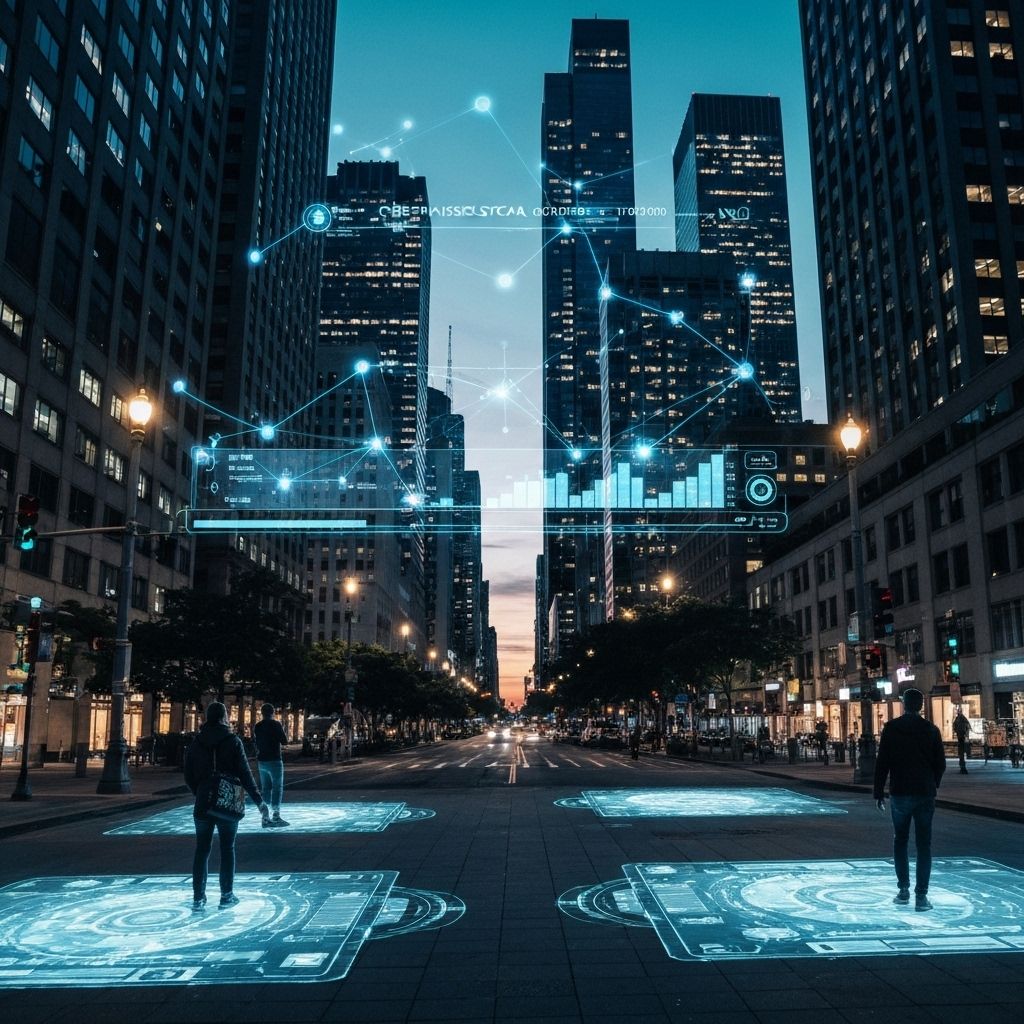Cyber-Physical Systems: Where the Digital and Physical Worlds Converge
Beyond the Screen
We often think of the digital world as something that exists on screens, separate from our physical reality. Cyber-Physical Systems (CPS) shatter this distinction. They are engineered systems where computational algorithms and digital intelligence are tightly integrated with and control physical objects and processes.
A CPS is not just a computer attached to a machine. It's a system with a continuous feedback loop between the cyber (computation, communication) and the physical (sensors, actuators) components.
The Anatomy of a CPS
- Sensors: These are the "eyes and ears" of the system, collecting data from the physical world (e.g., temperature, pressure, location, images).
- Computation: This is the "brain." Embedded processors and AI algorithms analyze the sensor data, make decisions, and determine the appropriate action.
- Actuators: These are the "muscles." They take the digital commands from the computation layer and translate them into physical actions (e.g., opening a valve, applying the brakes on a car, changing the direction of a robot arm).
- Communication Network: This is the "nervous system," providing real-time communication between the sensors, computation, and actuators.
Examples are Everywhere
CPS are the foundation of many of the most advanced technologies we see today:
- Autonomous Vehicles: A car's CPS uses data from cameras, LiDAR, and GPS (sensors) to build a model of its environment. Its onboard computer (computation) decides to apply the brakes, and the braking system (actuator) executes the command.
- Smart Grid: The modern electrical grid is a massive CPS. It uses sensors to monitor electricity demand and supply in real-time, and computational algorithms automatically adjust power generation and distribution to maintain stability and prevent blackouts.
- Robotic Surgery: A surgeon controls a robotic arm (physical process). The system provides haptic feedback and uses computer vision to enhance the surgeon's view (cyber components), creating a tight feedback loop that allows for incredibly precise movements.
- Industrial IoT (IIoT): Modern factories are complex CPS where sensor data from the factory floor is used to optimize production, predict machine failures, and coordinate the actions of robots and human workers.
As the cost of sensors and computing power continues to fall, CPS will become even more ubiquitous. RaxCore is developing the next generation of secure and resilient operating systems for CPS, ensuring that these systems, which control so much of our critical infrastructure, are safe, reliable, and intelligent.



